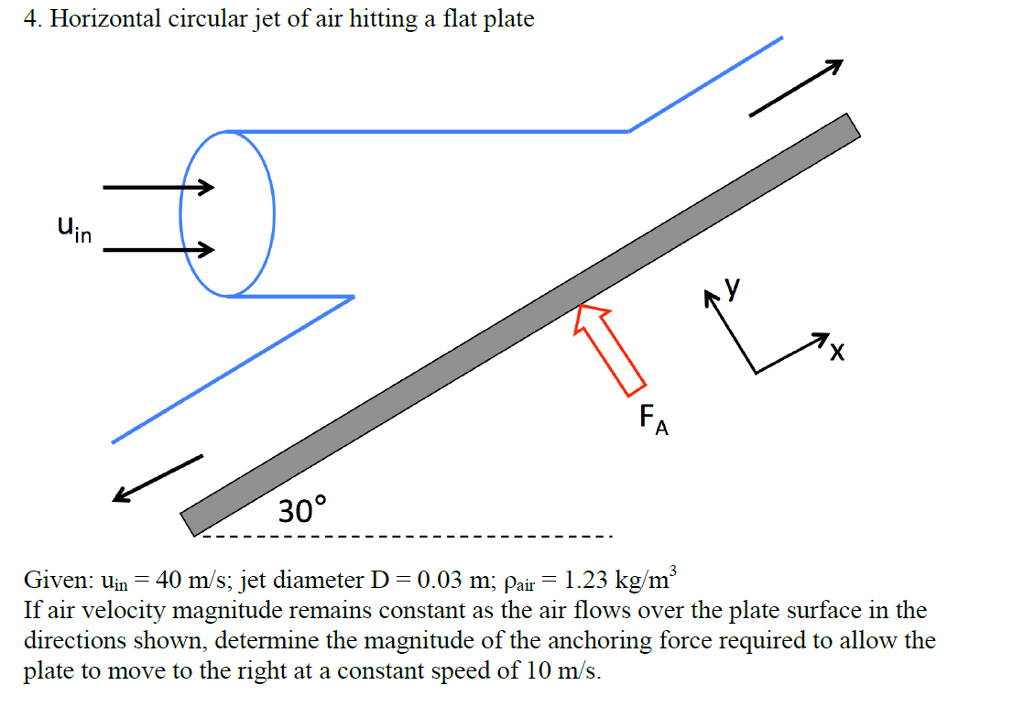

Hydrodynamic conditions, i.e., incident wave heights and currents, also represent an important factor for survival ( Barbier et al., 2011), so that shelter of seedlings plays an important role for restoration ( Villanueva et al., 2021). (2016) provide a meta-analysis of more than 1700 trials, concluding that success, defined through seagrass survival, is mainly driven by the number of introduced seedlings and the site selected for restoration. The UN Decade for Ecosystem Restoration highlights the need for immediate action, whereby new reports such as The Blue Guide to Coastal Resilience ( The Nature Conservancy, 2021), which provide guidelines for practitioners and stakeholders using nature-based solutions, include seagrasses as an essential ecosystem to be targeted for restoration.Ī plethora of pilot seagrass restoration projects have tested different approaches van Katwijk et al. This has called for incentives to promote seagrass protection and restoration ( Cullen-Unsworth and Unsworth, 2018) and to tackle the main challenges these ecosystems face ( Unsworth et al., 2019). Despite these known services, almost a third of seagrass cover has been destroyed mostly due to human activity since records started during the late 19th century ( Waycott et al., 2009). These services include habitat for fish, carbon sequestration ( Barbier et al., 2011 Fourqurean et al., 2012) and reduction of hydrodynamic energy ( Ondiviela et al., 2014). Seagrasses are important globally spread coastal ecosystems which provide essential ecosystem services ( Short et al., 2007). This should help to assess the loading on anchors deployed for restoration under specific site conditions and chosen materials. We derive a relation between horizontal orbital velocities and expected forcing on the anchor based on ASG properties and the corresponding area of each anchor and discuss relevant criteria for the design of ASG mats. The forces on the anchors were almost fully dominated by the drag on the ASG based on material properties, ASG reconfiguration and flow conditions.

With ASG, the forces increased compared to the highest measured forces without ASG. The anchor forces were 2–4 times higher at front anchors compared to rear anchors, relative to wave propagation direction, and were also considerably higher in that direction compared to the opposite direction. We found that the mat composition plays a more important role than the number of anchors in anchor load reduction. We test the performance of three mesh types under wave forcing using two different anchor configurations without ASG and subsequently test ASG mats of one mesh type under wave forcing and a 4-anchor configuration to assess the effect of the ASG on anchor loading as a function of incident orbital velocities. Here, we present a study of prototype biodegradable coconut-mesh mats as base layer for ASG meadows and investigate the forces that occur at the anchors. However, little is known about the forces occurring on mats deployed in marine environments and especially on how these forces are transmitted to the anchoring points. Artificial seagrass (ASG) mats may facilitate seagrass growth, making them a captivating option for restoration projects. Seagrasses represent an essential part of the coastal environment and are hence the target of many coastal restoration projects. Ludwig Franzius Institute for Hydraulic, Estuarine and Coastal Engineering, Leibniz University Hannover, Hanover, Germany.Raúl Villanueva *, Maike Paul and Torsten Schlurmann


 0 kommentar(er)
0 kommentar(er)
